APT Traverse: Across Antarctica
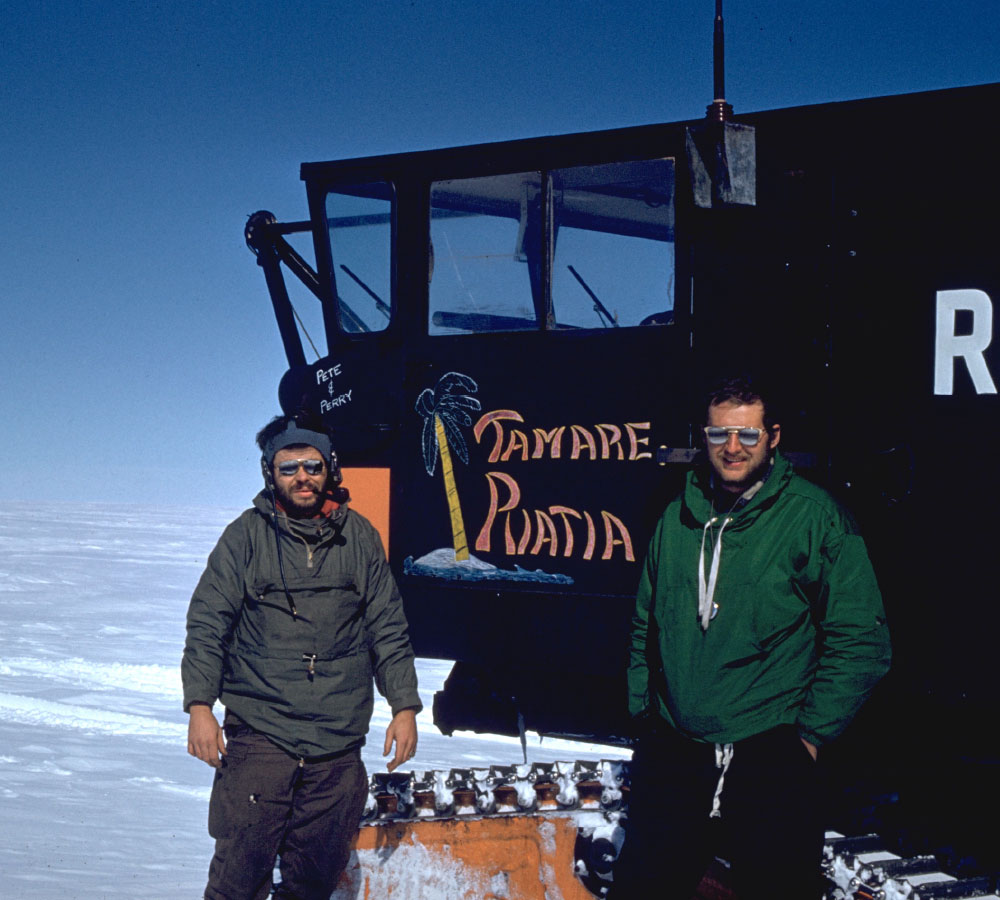
Experienced Perry and neophyte Peter stand in front of their new home that will be theirs for the next 1054 miles. The name of their transport, “Tamare Puatia”, comes from a schooner that sailed out of Riatia, an island in the south pacific.
4 Days Journey to Christchurch
MATS (Military Air Trans port Service) loading for October 7,1961 takeoff from Andrew’s Airforce Base (AFB) It will take 4 days to finally reach Christchurch ,New Zealand – our initial destination.
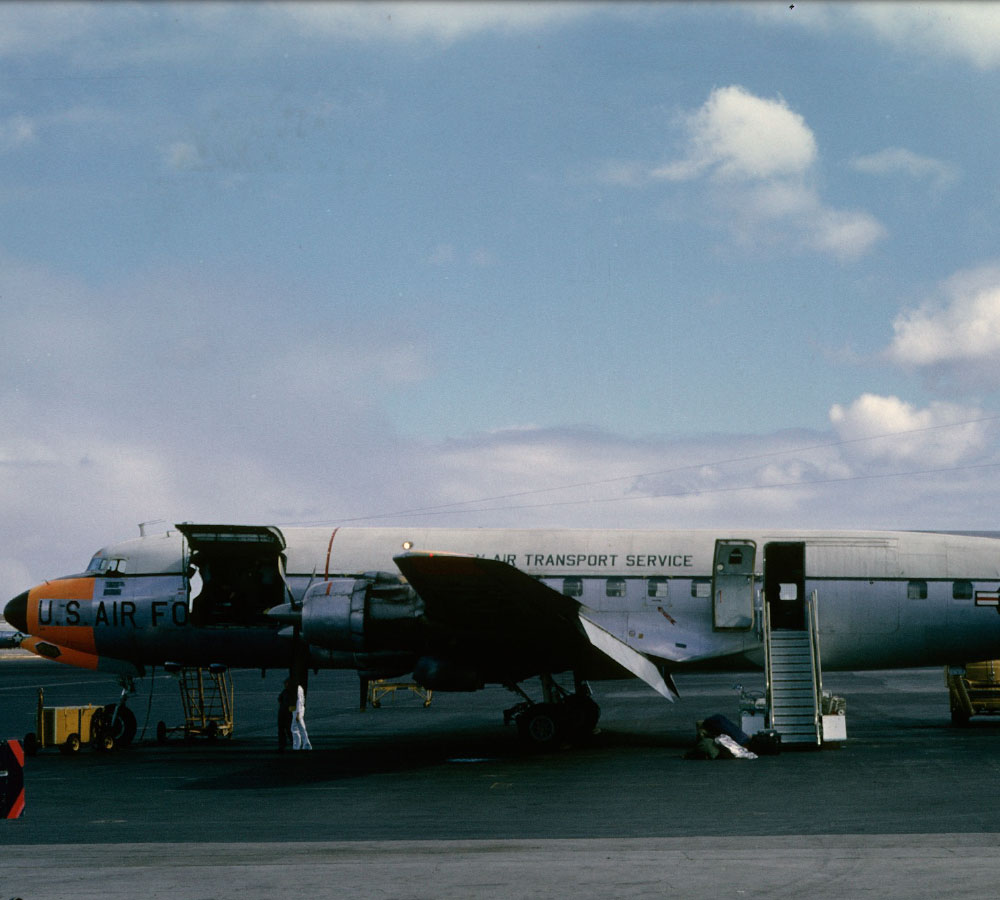
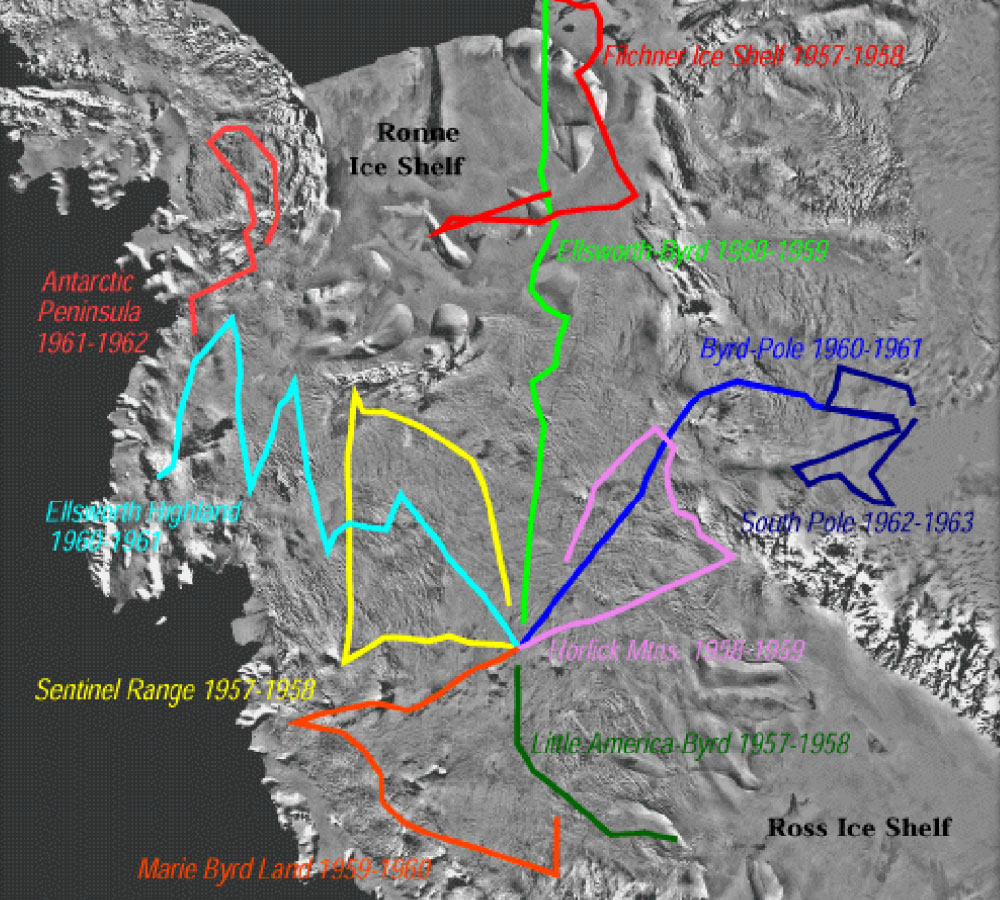
Exploring the continent
The APT was part of the IGY Antarctic over snow traverse program manned for the most part by seasoned scientists and technicians who initially wintered over at the various US stations – they were all impressive, experienced professionals. Peter was one of the youngest and obviously inexperienced.
Camp Minnesota
7 C130 flights that set the Antarctic Peninsula Traverse (APT) at Camp Minnesota in the Jones mountains.
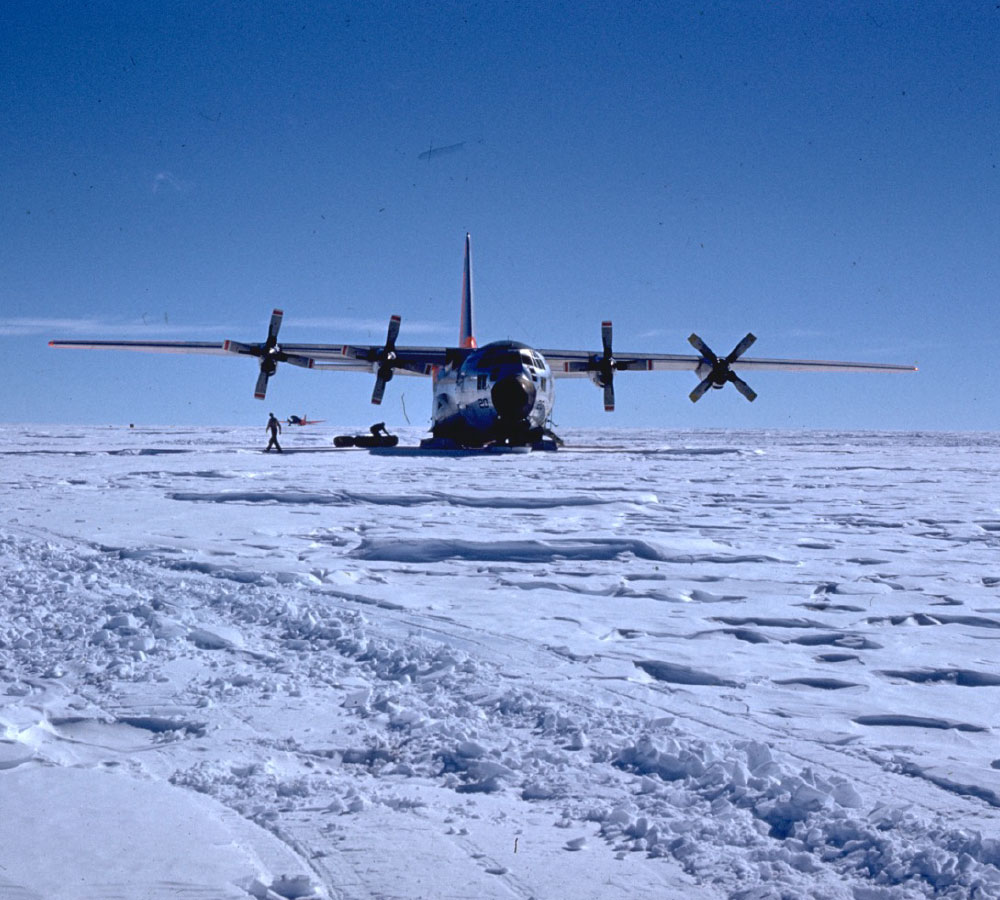
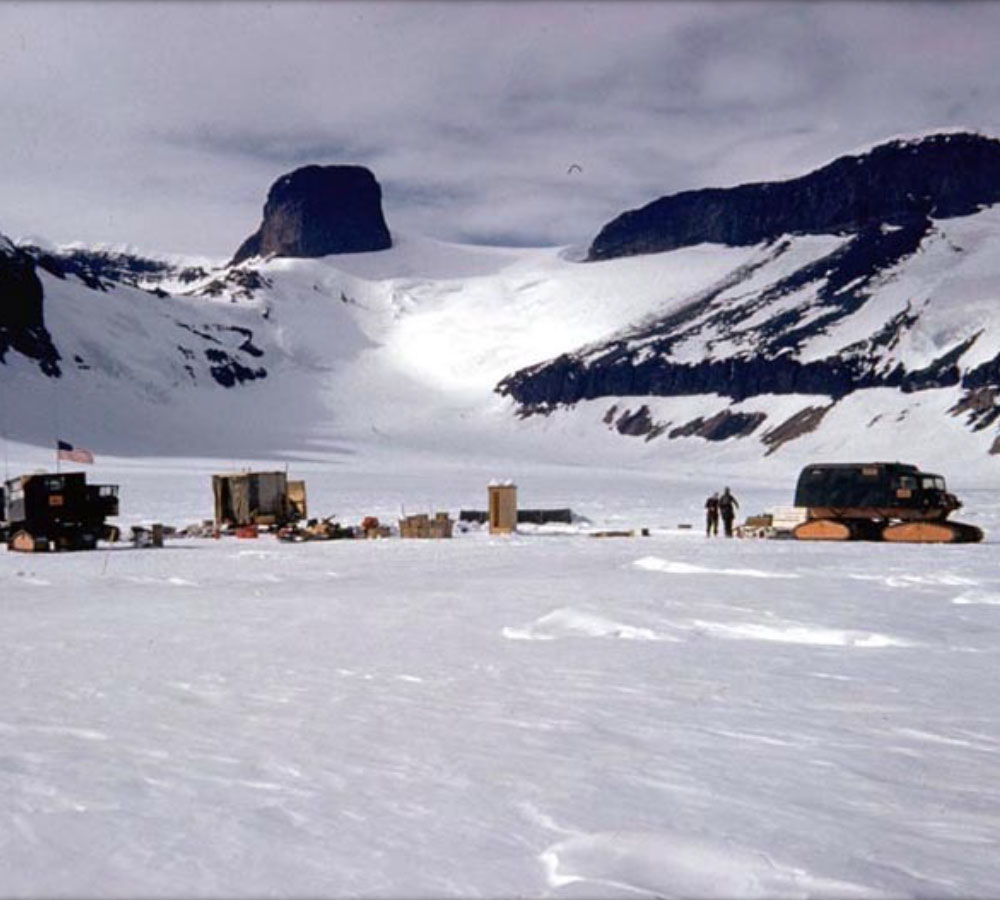
Prepping the snowcats
Three new Snowcats delivered by the C130’s are being prepared for the APT traverse. An older Snowcat left behind by a previous traverse would begin the traverse with APT.
Ready to roll out
Each Snowcat pulled an estimated equal weight. In this example Tamare Riatia is pulling the mechanics “wanigan” – a wanigan is a shelter often mounted on tracks or wheels and towed by the Snowcat tractor.
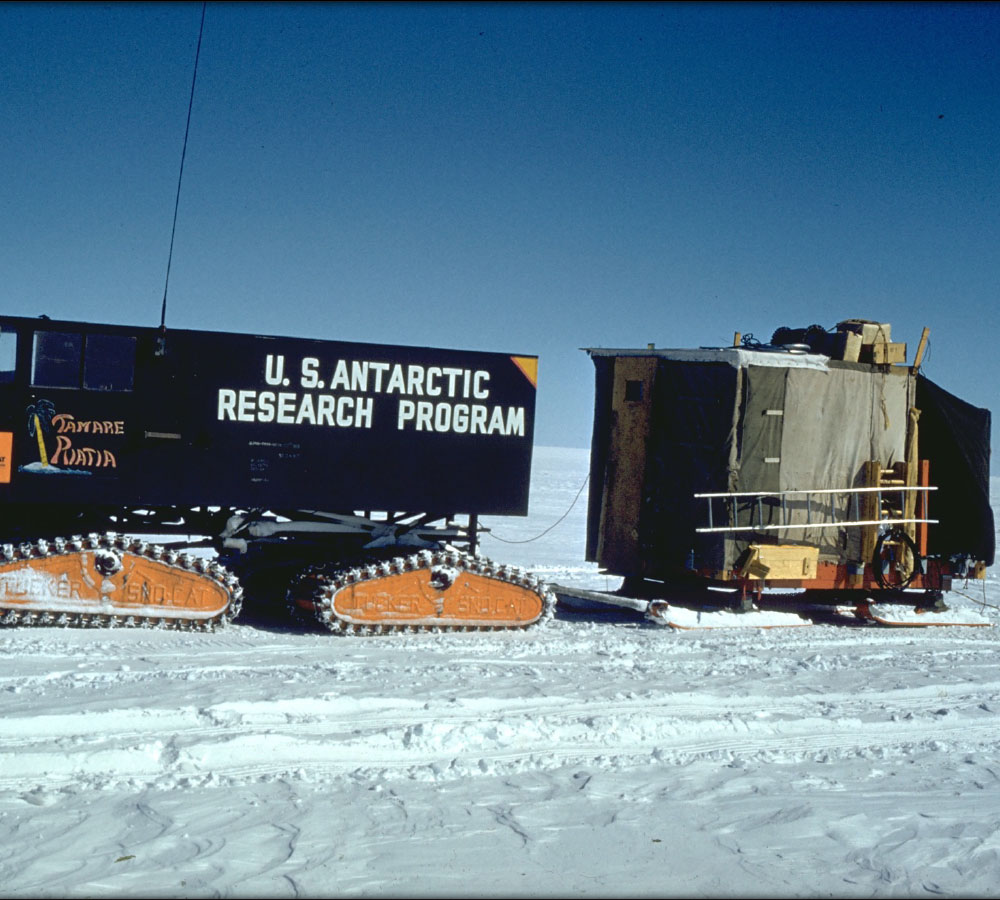
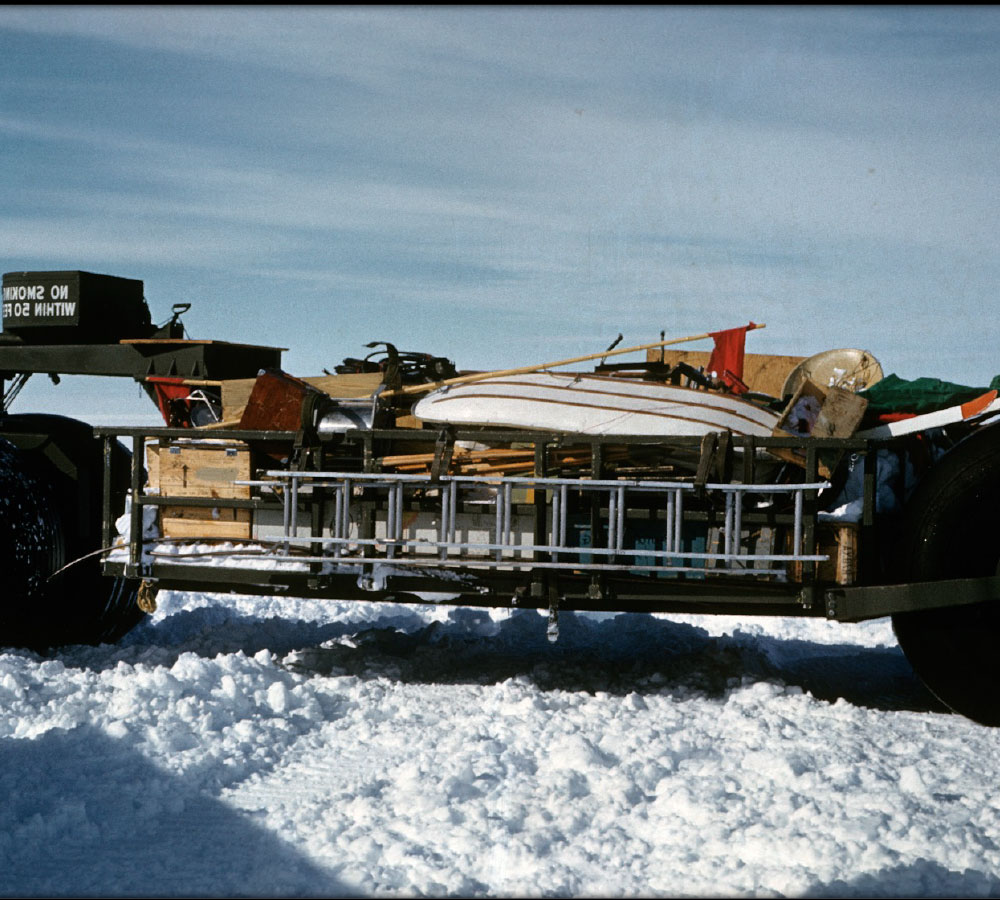
The Rolligon
Profile of the Rolligon that contains patented tires each containing 200 gallons of diesel fuel. The bed carried 2 tons of fertilizer explosive to be used with blasting caps to provide the energy pulse needed in seismic experiments to determine the thickness of the Antarctic ice sheet along the traverse route.
Refueling in the Antarctic Wilderness
RefuelIng the Rolligon tires from air dropped 55 gallon diesel drums. Compressor on board the Snowcat is used to transfer the oil from the drums to the tires
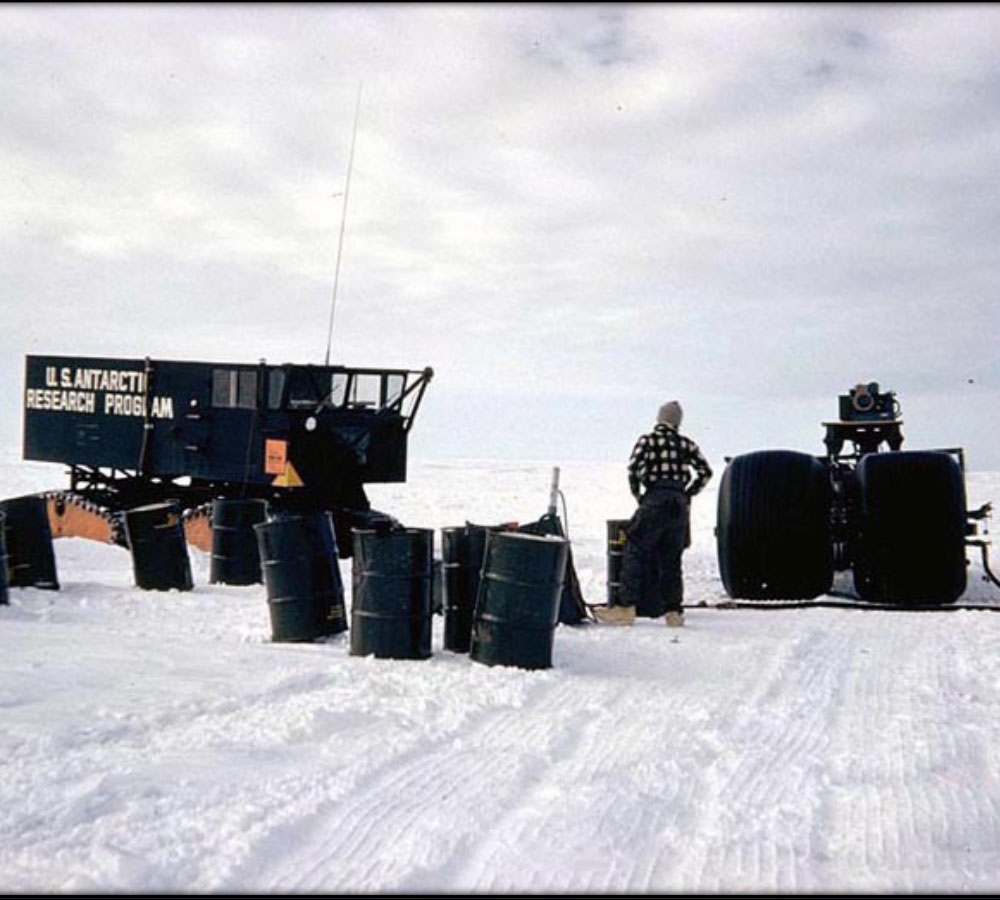
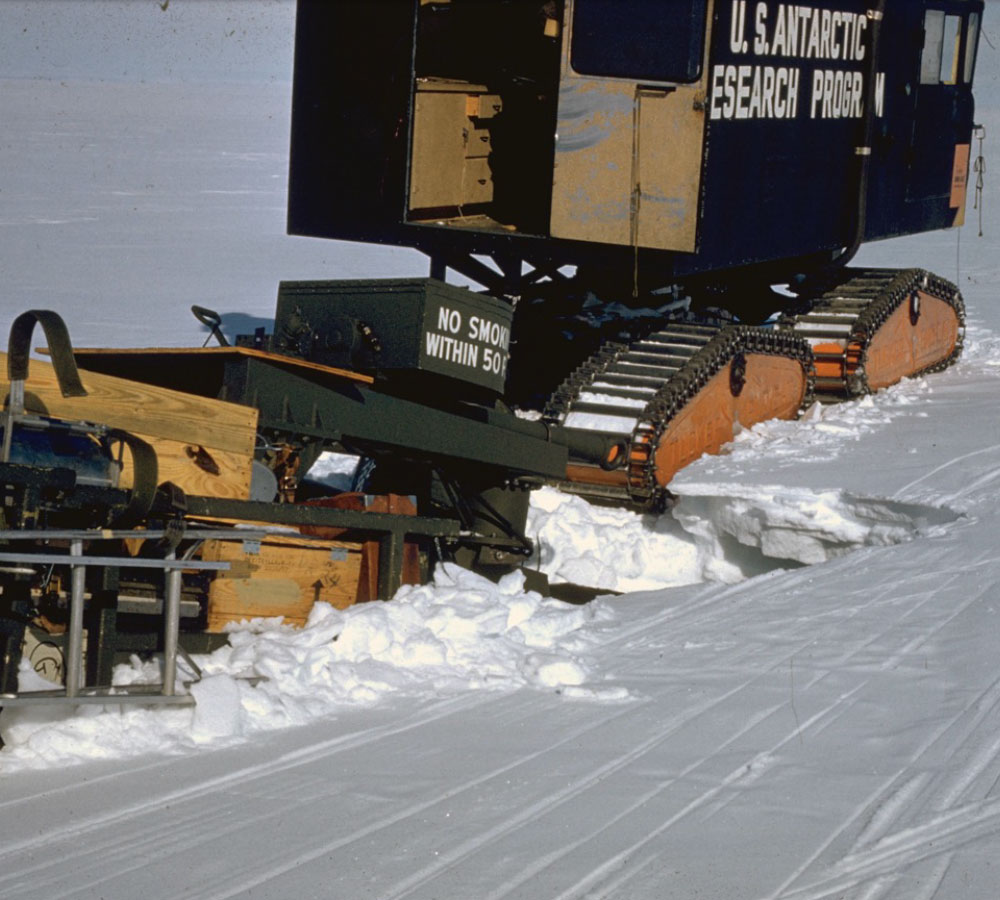
Danger!
Startling experience as the heavy front tires of the Rolligon break through the bridge on the hidden crevasse. We go nowhere unless we get the Rolligon out of the crevasse. We did using A frames on the other Cats.
Onward into the deep white
This scene describes many of the days on this APT over snow traverse. The excitement was the half mile magnetometer reading that was done by the lead cat and the last cat. Since the noise of the snow cat engine made conversation on a level of yelling, mostly we simply stayed aware of the surroundings.
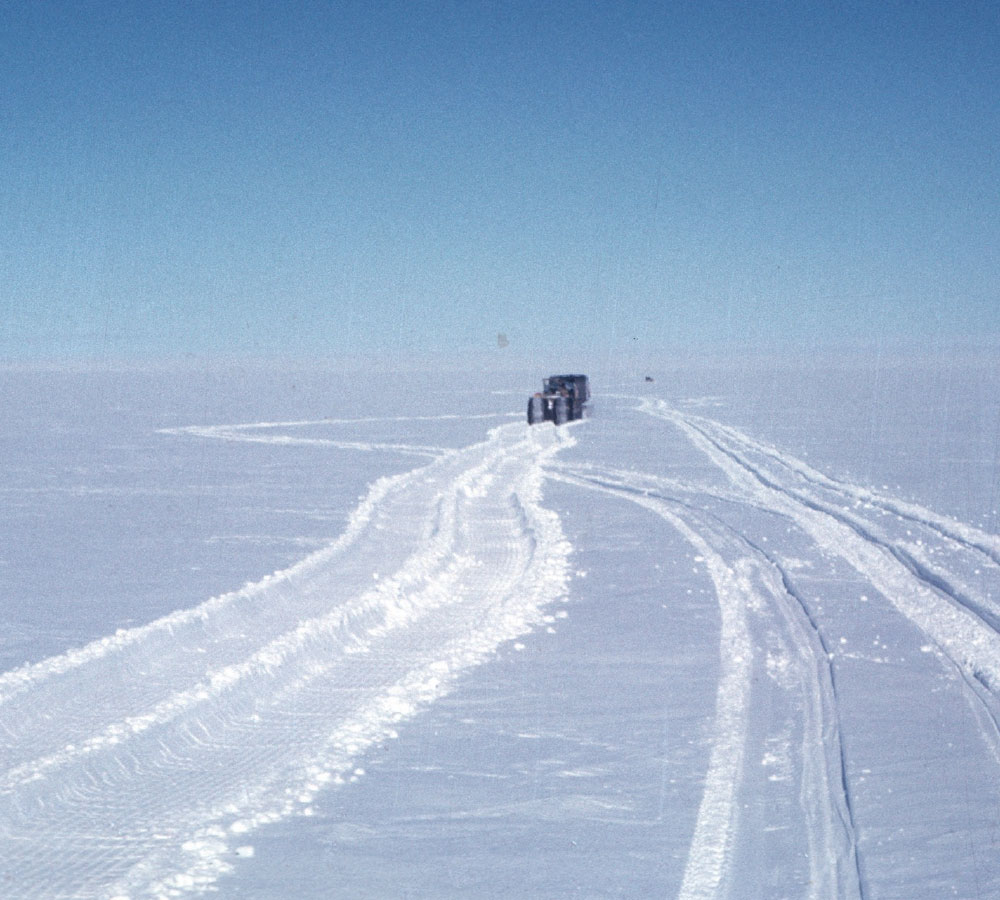

Storm on the plains
Storms exploded suddenly that prevented any progress. Often for days and then the snow that drifted the snow cats had to be shoveled.
First steps… mile after mile
Every mile was the first mile for touching this part of the world. But mile after mile of the identical whiteness with some wind and lighting differences got boring. Then we would see and then anticipate a stop to walk on the rocks. This was APT excitement.
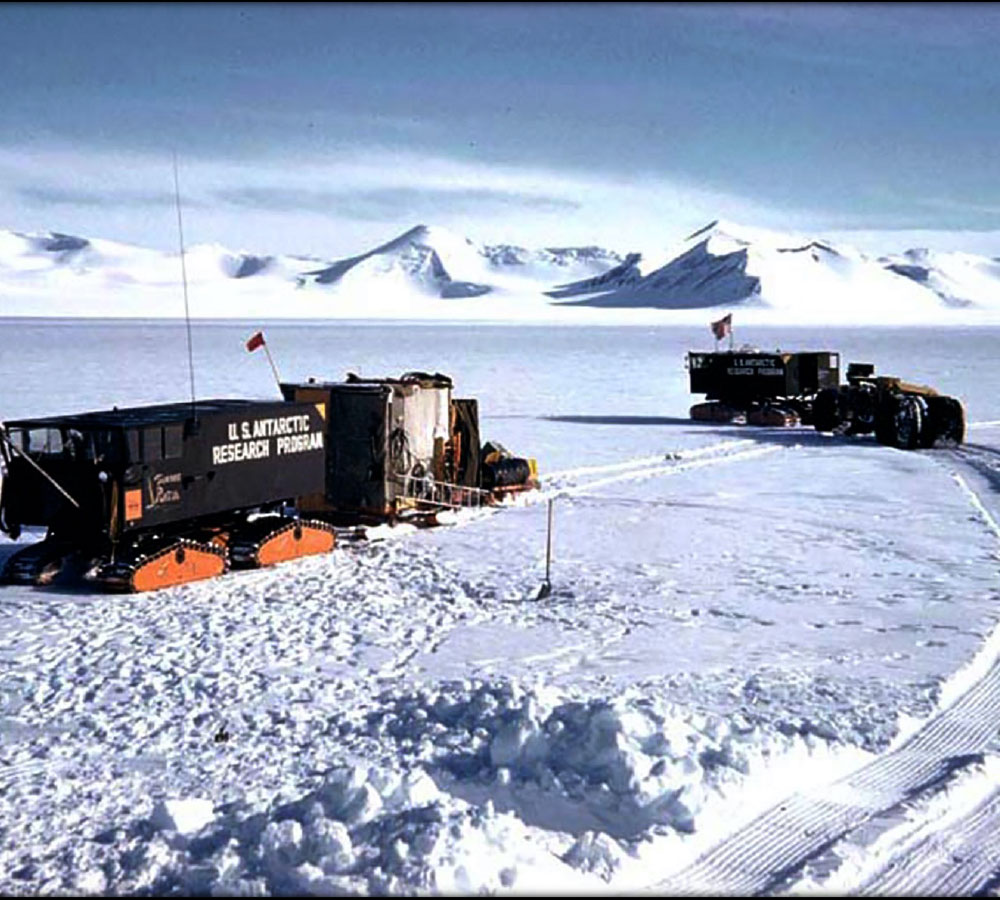
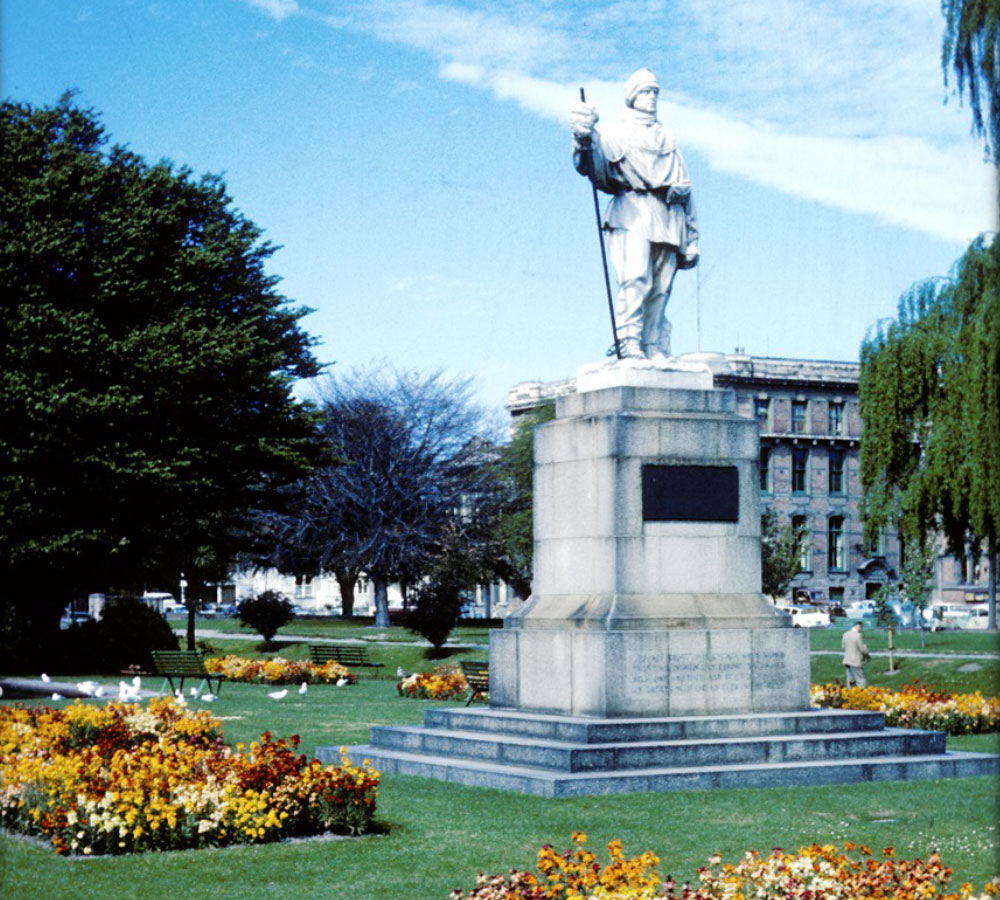
The contrasts of color… forever remembered
After being mesmerized by white Antarctica, during the 1054 mile APT traverse, I returned to Christ Church New Zealand to be tantalized by the green grass and the late spring red, yellow, pink, and violet flowers. Even today the visual transformative memory of this contrast remains. Being mesmerized by ethereal Antarctica is an experience that transcends words and left an indelible imprint. Ice and the color contrast became derivative and fascinatin
This statue was sculpted by Kathleen Scott FRSBS (1878–1947) Widow of Captain Scott, and was unveiled in 1917.